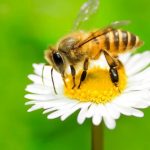 Happy Honey Day!
Happy Honey Day!
UBC researchers in the Department of Earth, Ocean & Atmospheric Sciences are using honey from urban hives to track airborne pollution. They are analysing the chemistry of the honey using geochemical tools (i.e. looking for traces of lead by analyzing the honey in the lab) to map pollution in urban centres and compare that to more rural areas. We sat down with two of the researchers at the Pacific Centre for Isotopic & Geochemical Research (PCIGR) to learn more about their work on honey! Who knew that honey could be used as a tool to measure air quality?
Prof. Dominique Weis
Dominique Weis is a leader in the innovative use of trace elements and isotope geochemistry, and is widely respected “for the elegance, precision and impact of her geochemical studies of the Earth from large igneous provinces to the environment.” Specifically, her research aims to (1) improve our understanding of planetary evolution and the Earth’s environment, (2) model the geochemical and isotopic variations of the Earth’s mantle through a comparative study of large igneous provinces and more recent volcanic centres, and (3) determine the origin, source and pathways of mantle plumes, and their variations through time. As Director of the Pacific Centre for Isotopic and Geochemical Research, Dr. Weis is closely involved in the training of highly qualified personnel, and with industrial partners in the technology transfer and application of novel isotopic techniques for solving earth and environmental problems.
Kate Smith
Under the supervision of Dr. Dominique Weis, I am exploring the impacts of environmental pollution using honey bees as bioindicators. Trace element and isotopic fingerprints of honey samples (and other bee products) from the greater Vancouver area can serve as a proxy for chemical snapshots of ~2 km-diameter regions (the range of a typical honey bee). Thus, we can assess small-scale variations in trace elements, and their isotopes, of particular interest to pollution processes.
